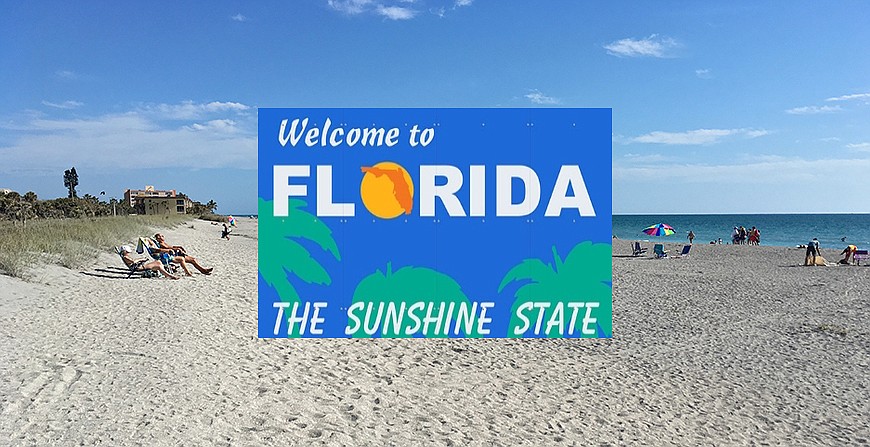- January 7, 2025
-
-
Loading

Loading

It’s the annual rite of summer: budget time.
During the next few weeks, Florida county and municipal governments and school boards will release their preliminary budgets and millage rates for the 2018-2019 fiscal year.
After that, elected officials will take four months to nitpick the details to figure out how not to raise your tax rates while spending more money.
That’s one of the beauties of Florida being a growth state and a tourism powerhouse. State and local governments often increase spending without raising tax rates — thanks to population growth, rising property values and the taxes tourists pay. With population growth and tourism comes more homebuilding, higher valuations and greater retail spending, all of which fuels government budgets.
The accompanying graph and tables for Florida clearly illustrate the point.
Start with the table labeled “Total Spending.” Those numbers — billions — are the total amount of spending the Legislature appropriated each of the fiscal years during the eight-year period of Republican Gov. Rick Scott and a Republican dominated Legislature.
You can see in fiscal years 2011-12 and 2012-2013 the effects of the recession. Total state spending actually declined nearly 5.5% in the first two years of Scott’s tenure compared to the 2010-2011 fiscal year.
But look how state lawmakers increased state spending once the pace of population growth began accelerating in 2014. From the low point at the end of fiscal 2012-2013 up to the budget the Legislature just adopted in March, lawmakers increased spending 21%, or an average of 3.5% a year.
That increase obviously coincided with a spike in population growth, especially from 2015 through this year. Once again, Florida has been on a population growth spurt. The state will have added more than 300,000 net new residents for four consecutive years. This year is expected to be the peak, with more than a 1,000 net new residents a day settling in the state.
And while that influx has been occurring, you can see on the graph that from 2014 through 2018 the growth rates for state spending exceeded the combined growth in population and inflation.
You may not remember, but back in the late 1990s and early 2000s, before the 2008 crash, fiscal conservatives campaigned and lobbied vociferously for the idea that government spending should rarely, if ever, grow at a faster rate than the combined growth rates of inflation and population growth.
But Gov. Scott and the Republican Legislature clearly brushed that dogma aside. As is the case with most government bodies, the argument would go that the increased spending in recent years is merely recovering where spending would have been had the recession not occurred.
Likewise, Scott and lawmakers could argue that, in spite of their increased spending between 2014 and 2018, if you average state spending over Scott’s eight years in office, the annual increases turn out to be only 1.76% a year — less than the combined rates of inflation and population growth. That low annual rate of spending, of course, is a result of the two years of reduced spending during the recession.
What’s more, Scott and the lawmakers likely also would defend their fiscal policies by pointing out while they were spending more, they also were reducing Florida’s debt burden and cutting taxes.
Florida’s bonded debt as a percentage of tax revenue has fallen from a high of 52% during the Charlie Crist years to 26.4% at the end of fiscal 2016-2017. Bonded debt per capita has declined from $771 per Floridian in Scott’s first year in office in 2011 to $544 per Floridian today.
Scott also touts that during his two terms he and the Legislature have enacted 82 tax cuts that have saved taxpayers $7.7 billion. (His tax cuts include reducing fees and sales tax holidays.)
The moral of this story? There are two morals: Government always spends what it takes in. And two essential ingredients to holding your tax rates steady are population growth and tourism. The former best occurs when taxes are low to begin with.